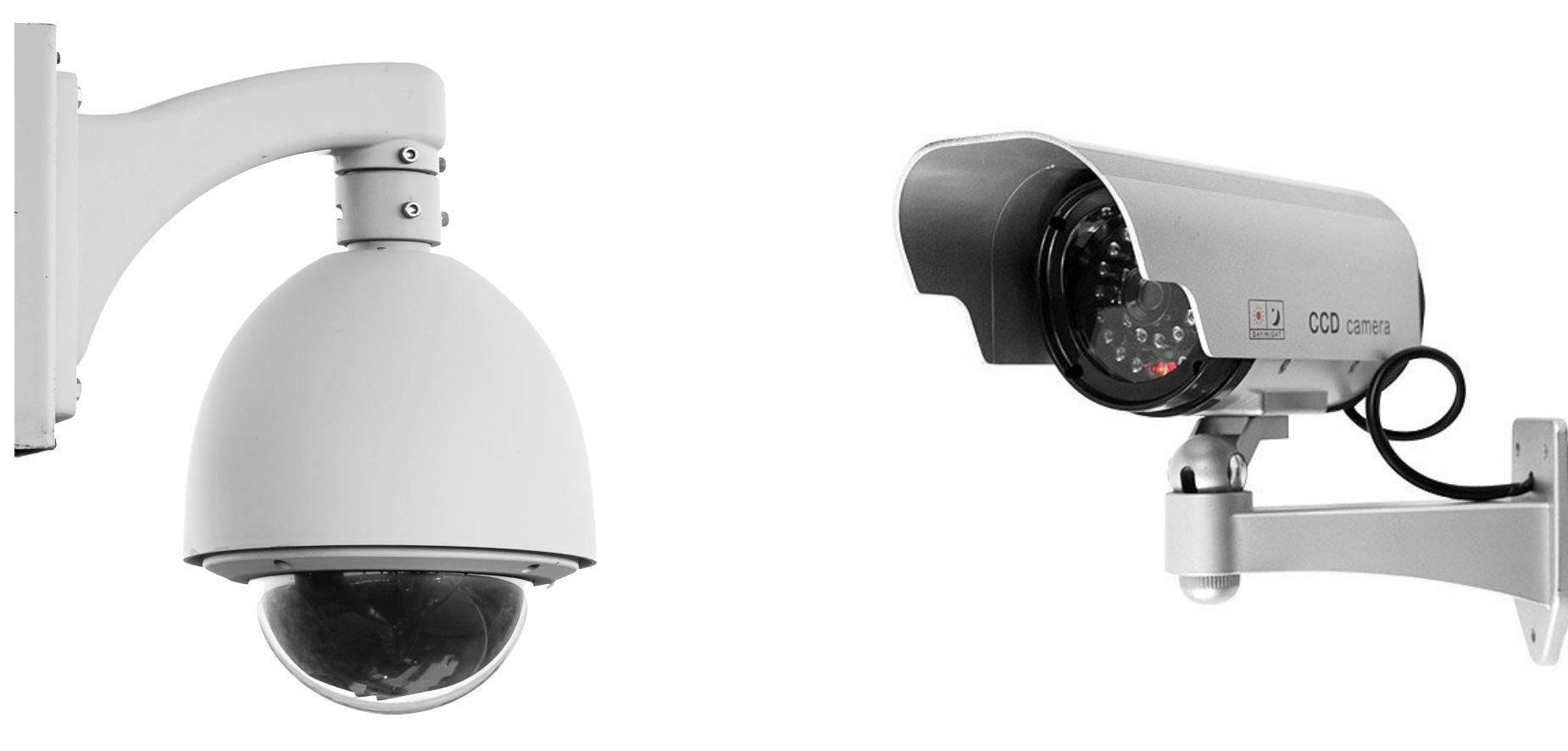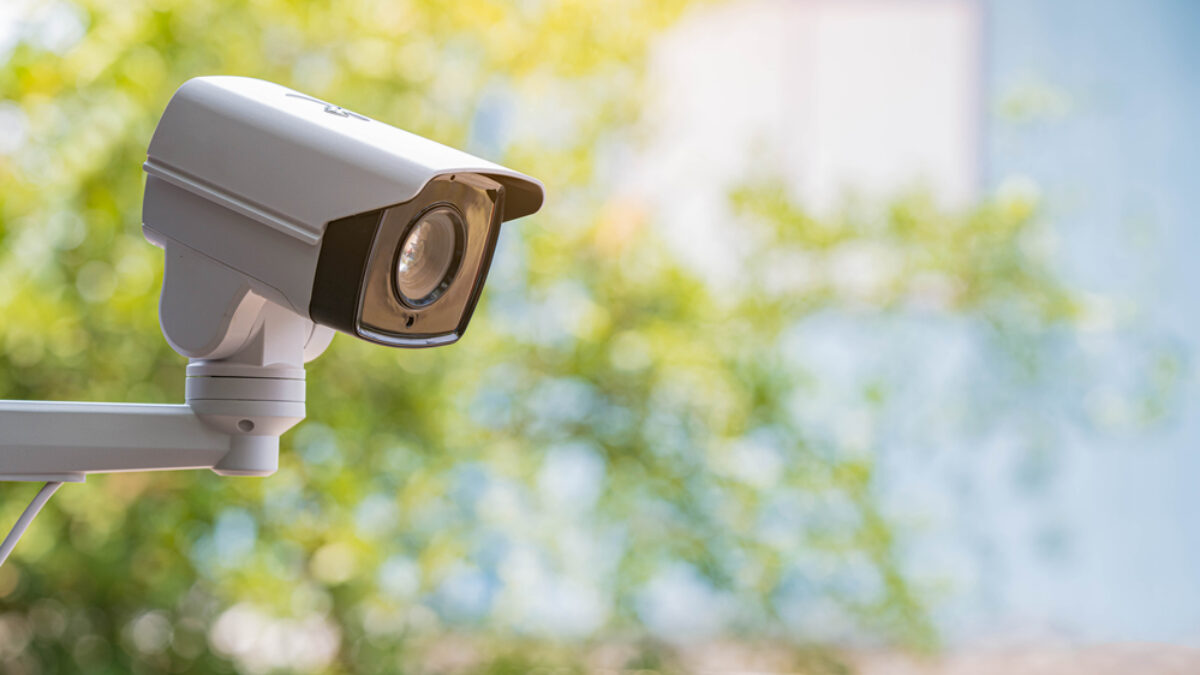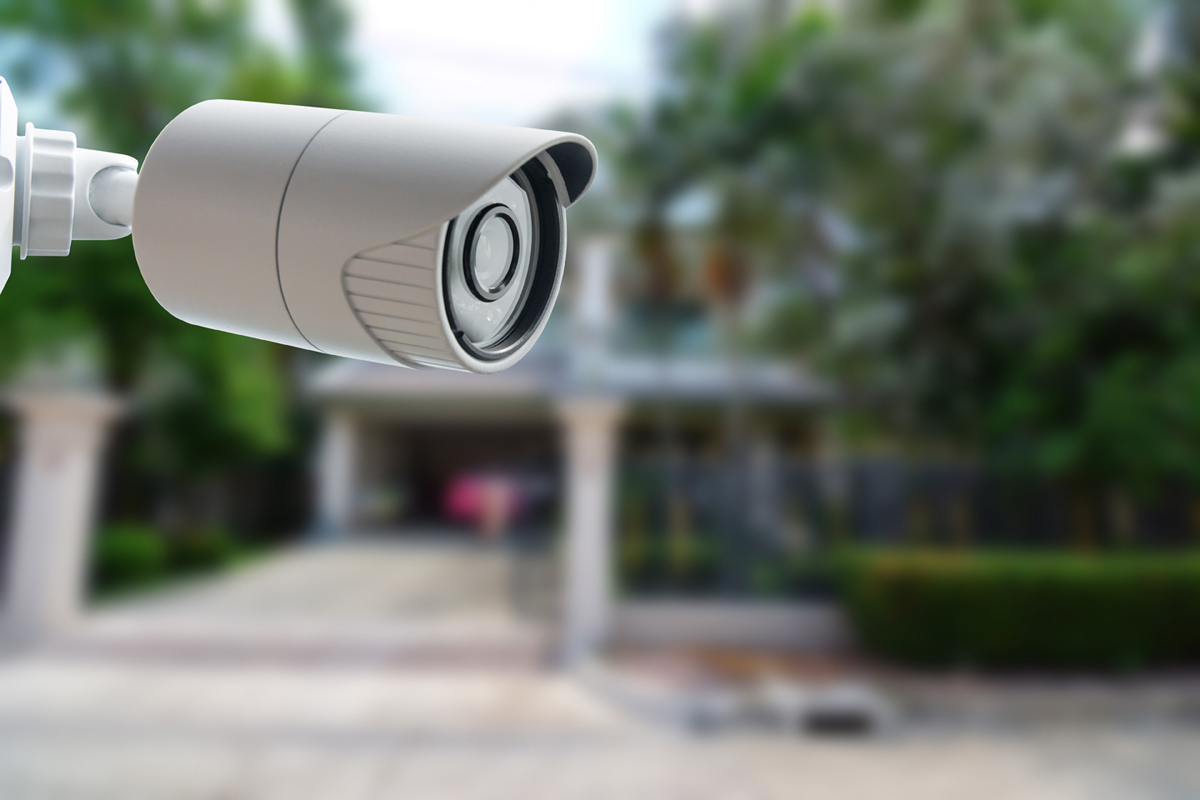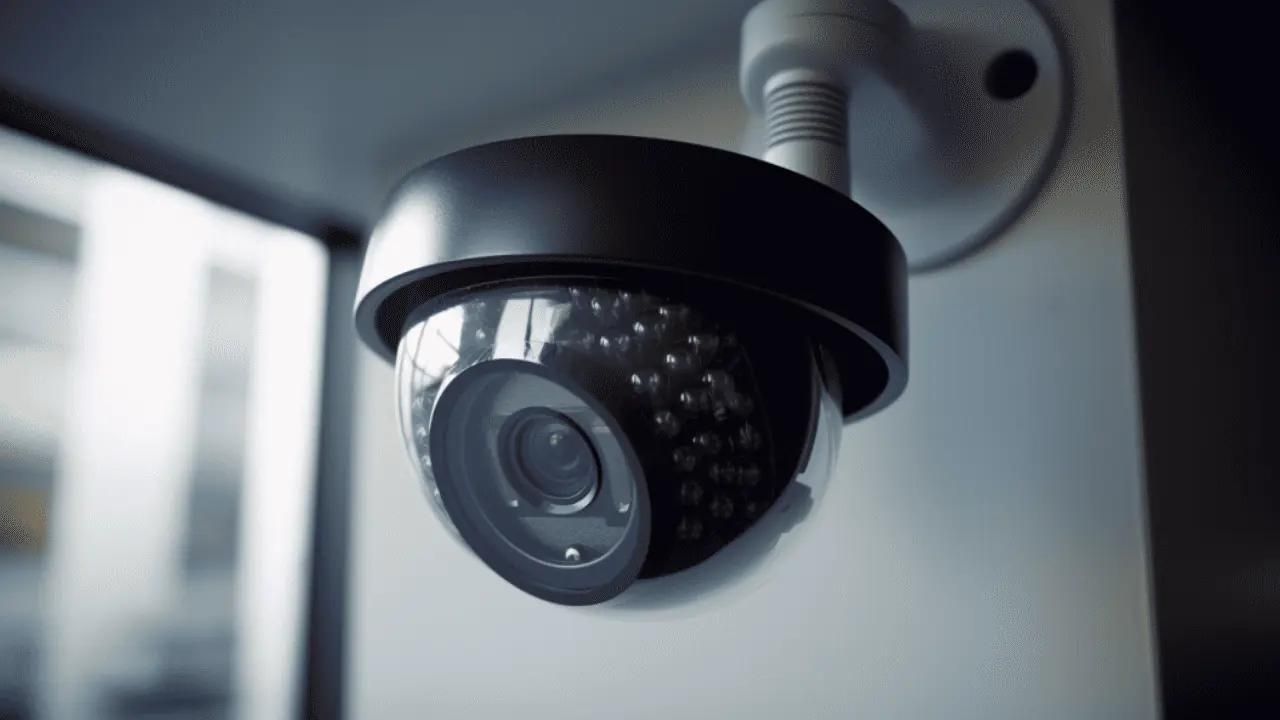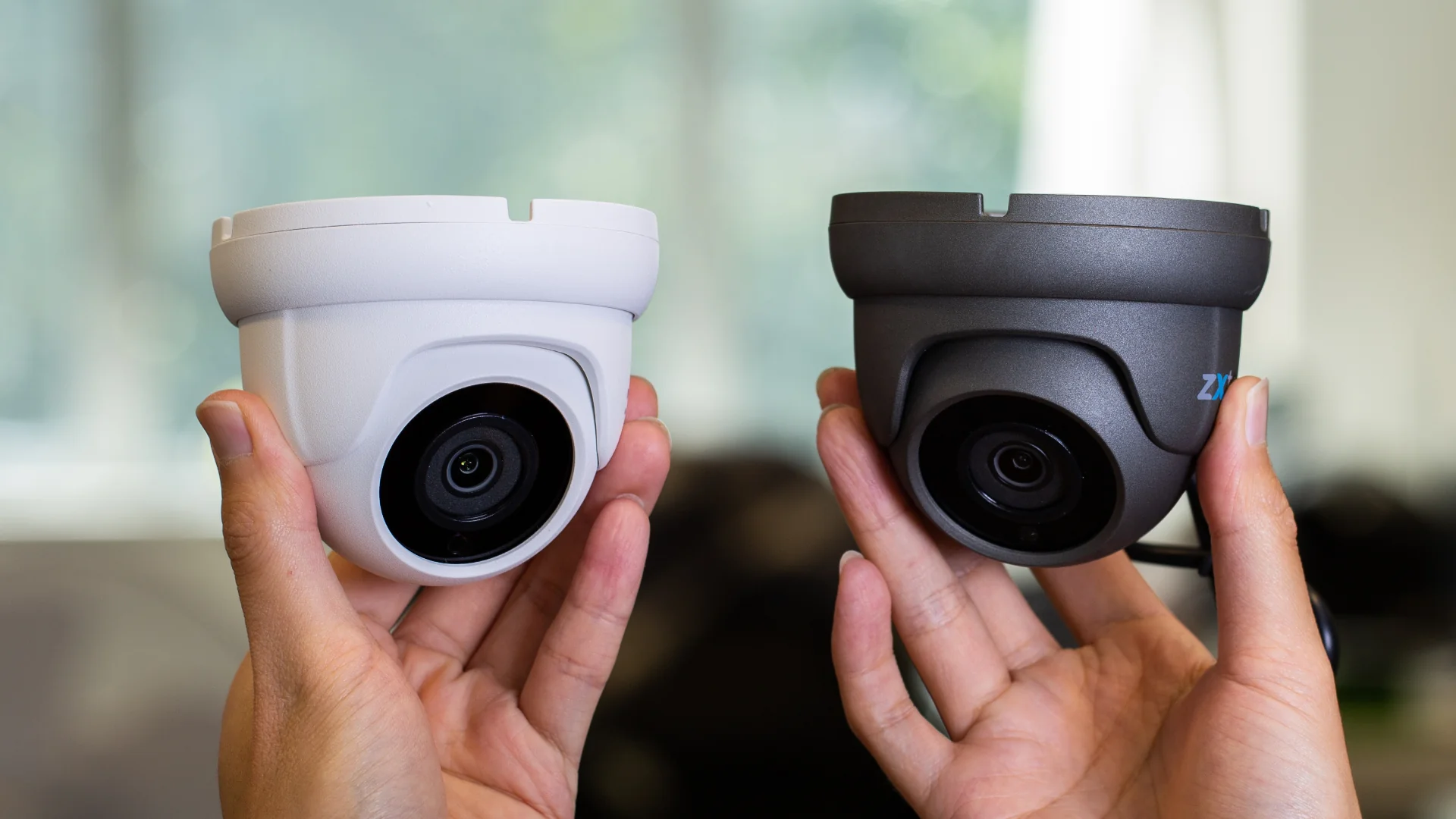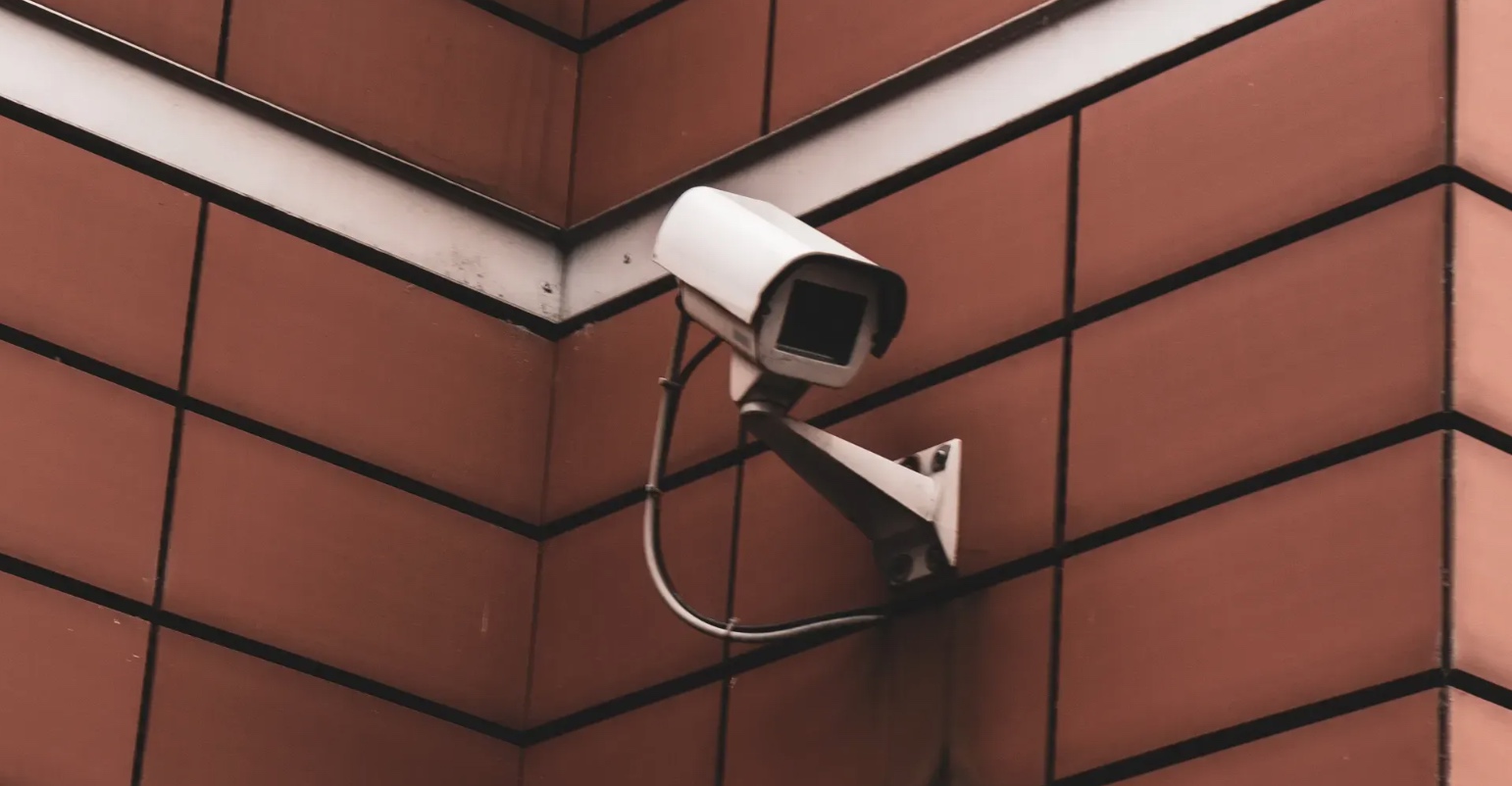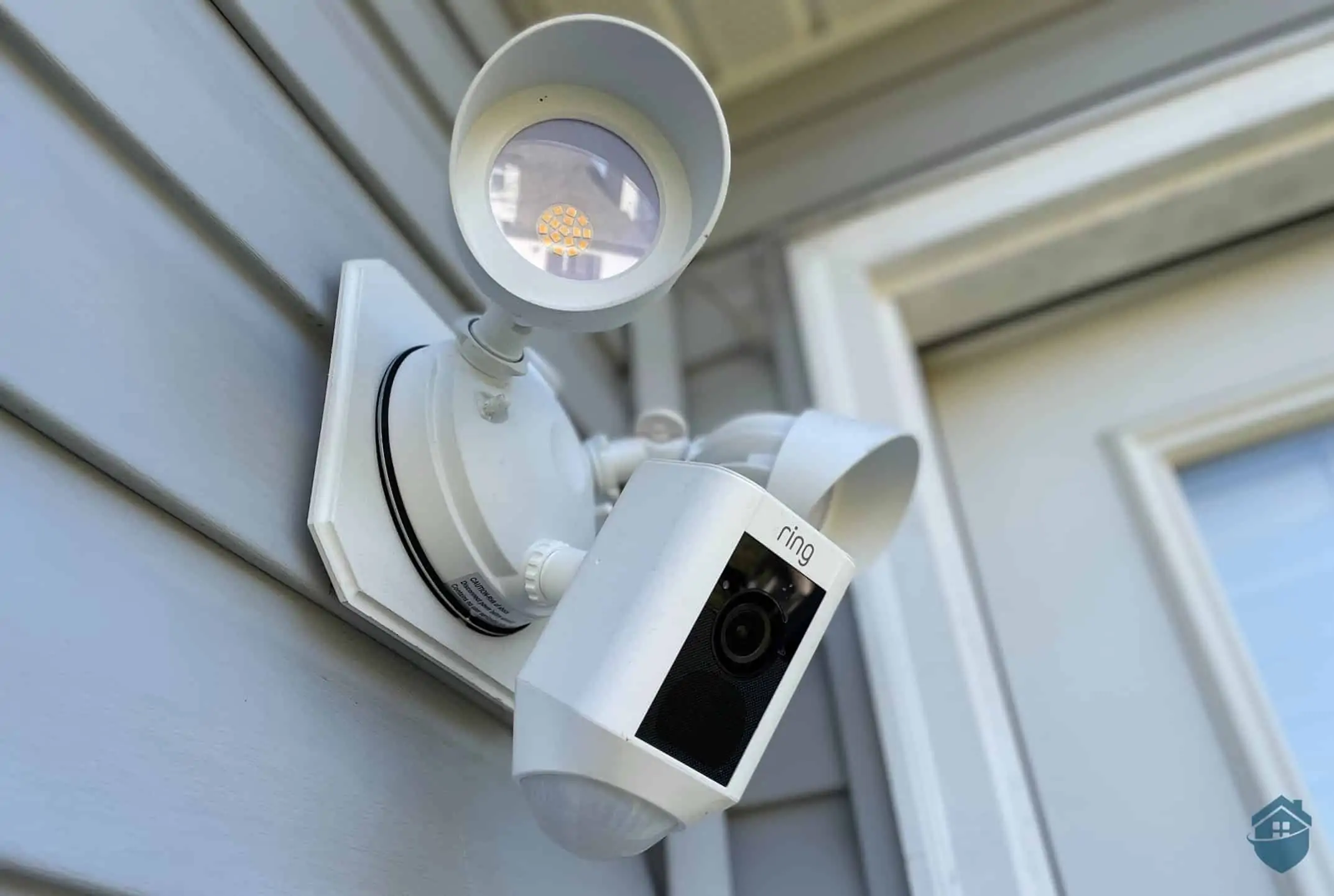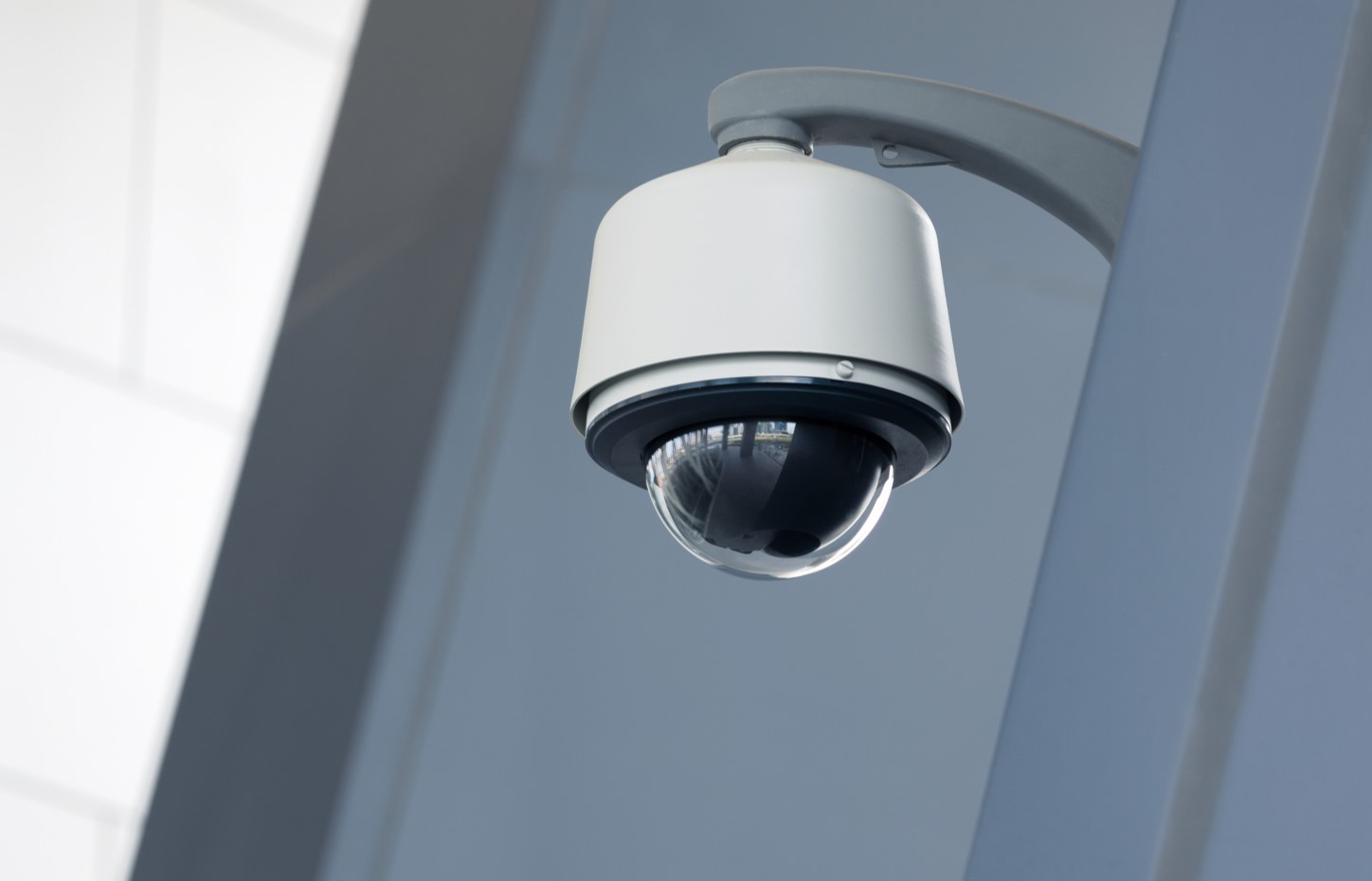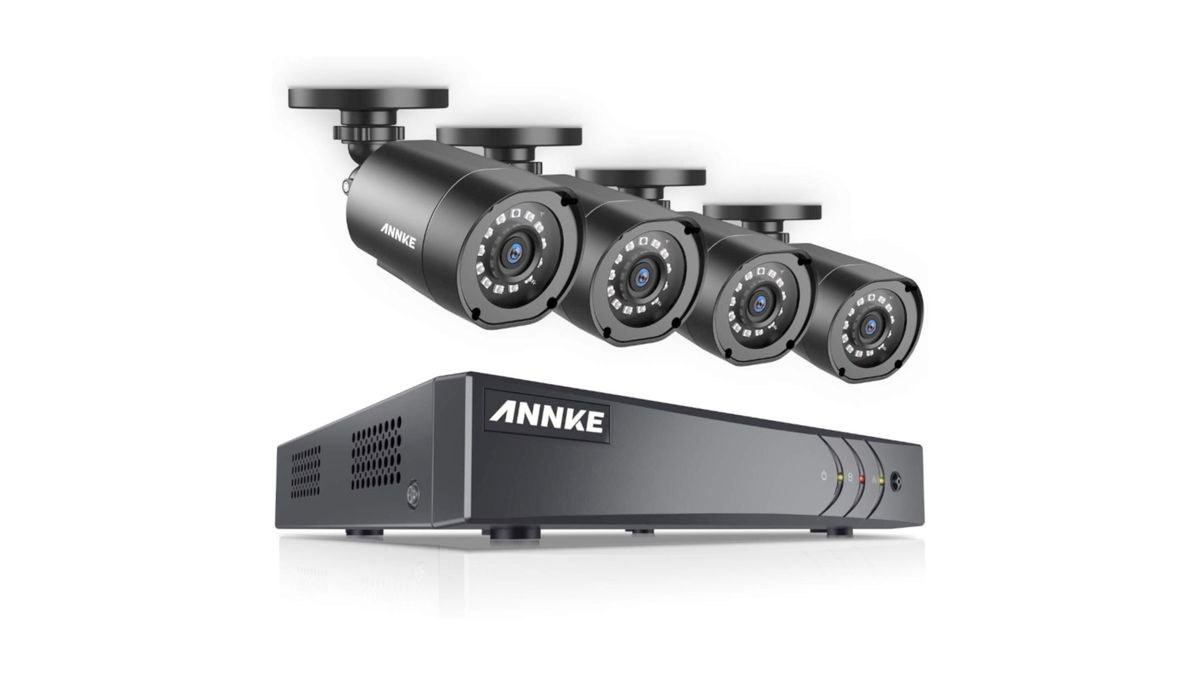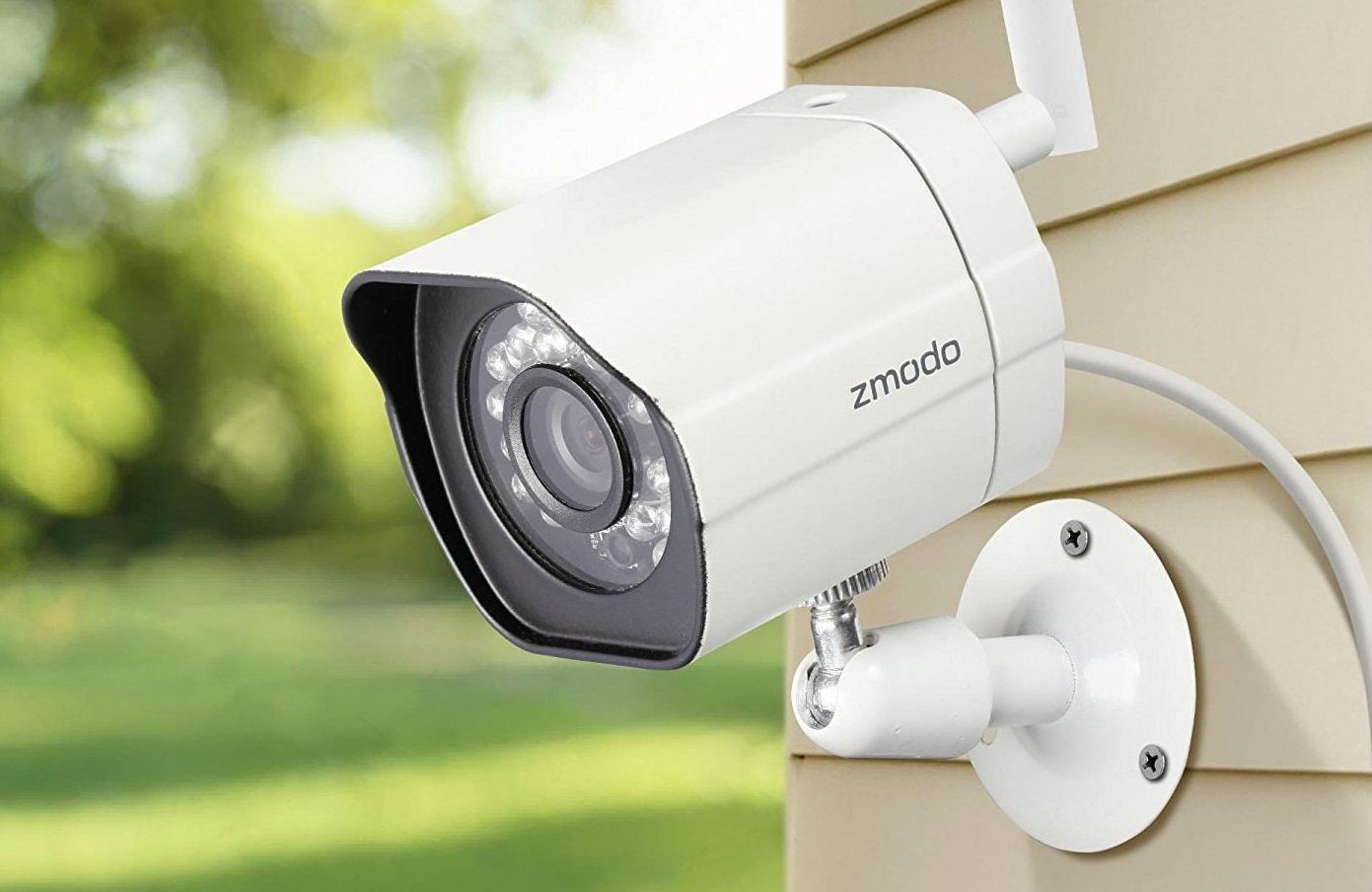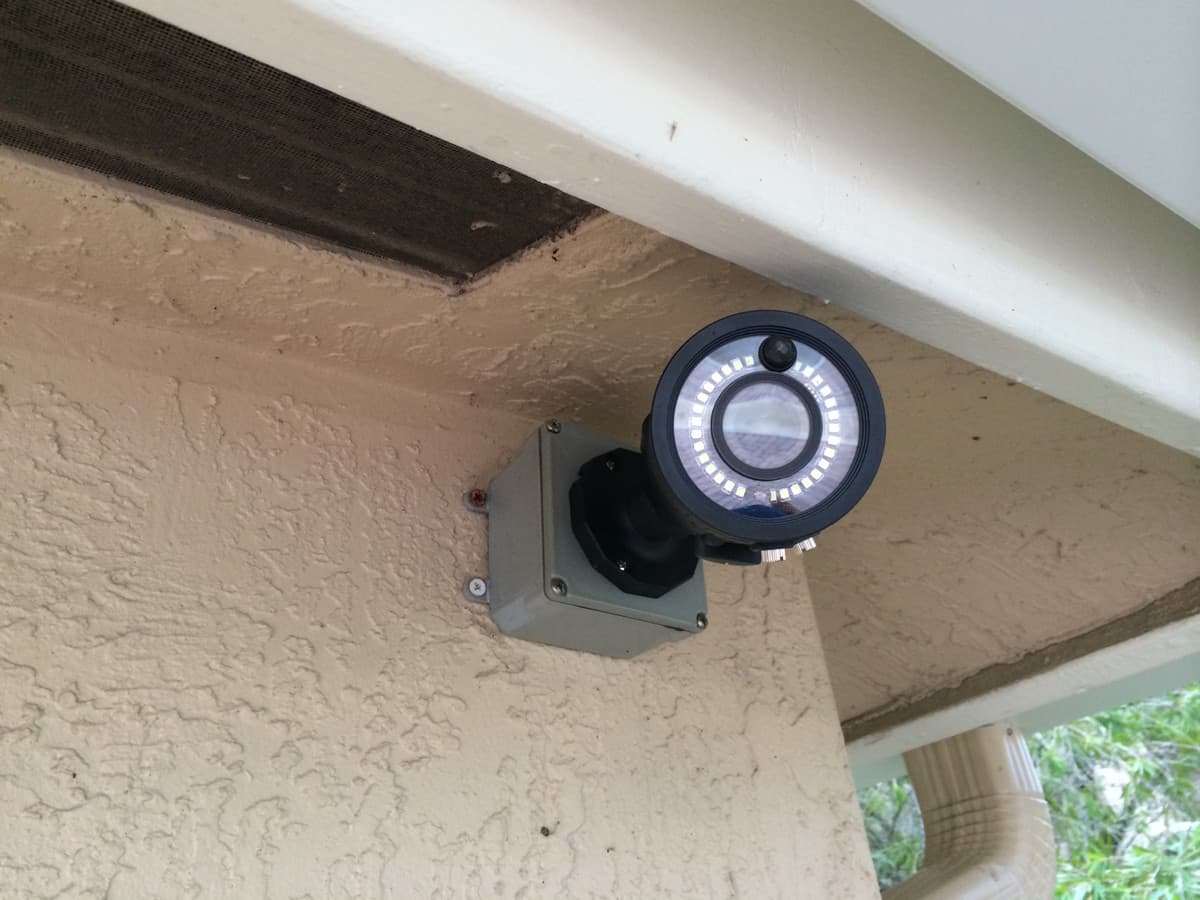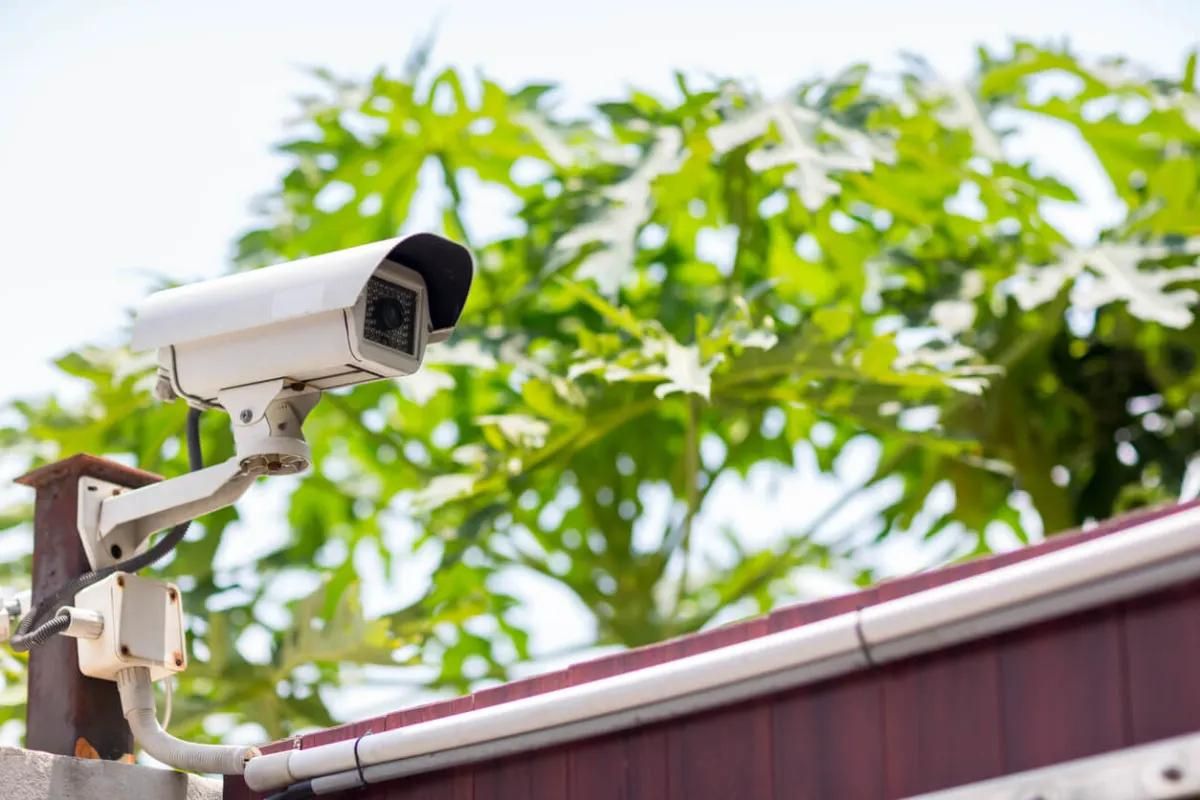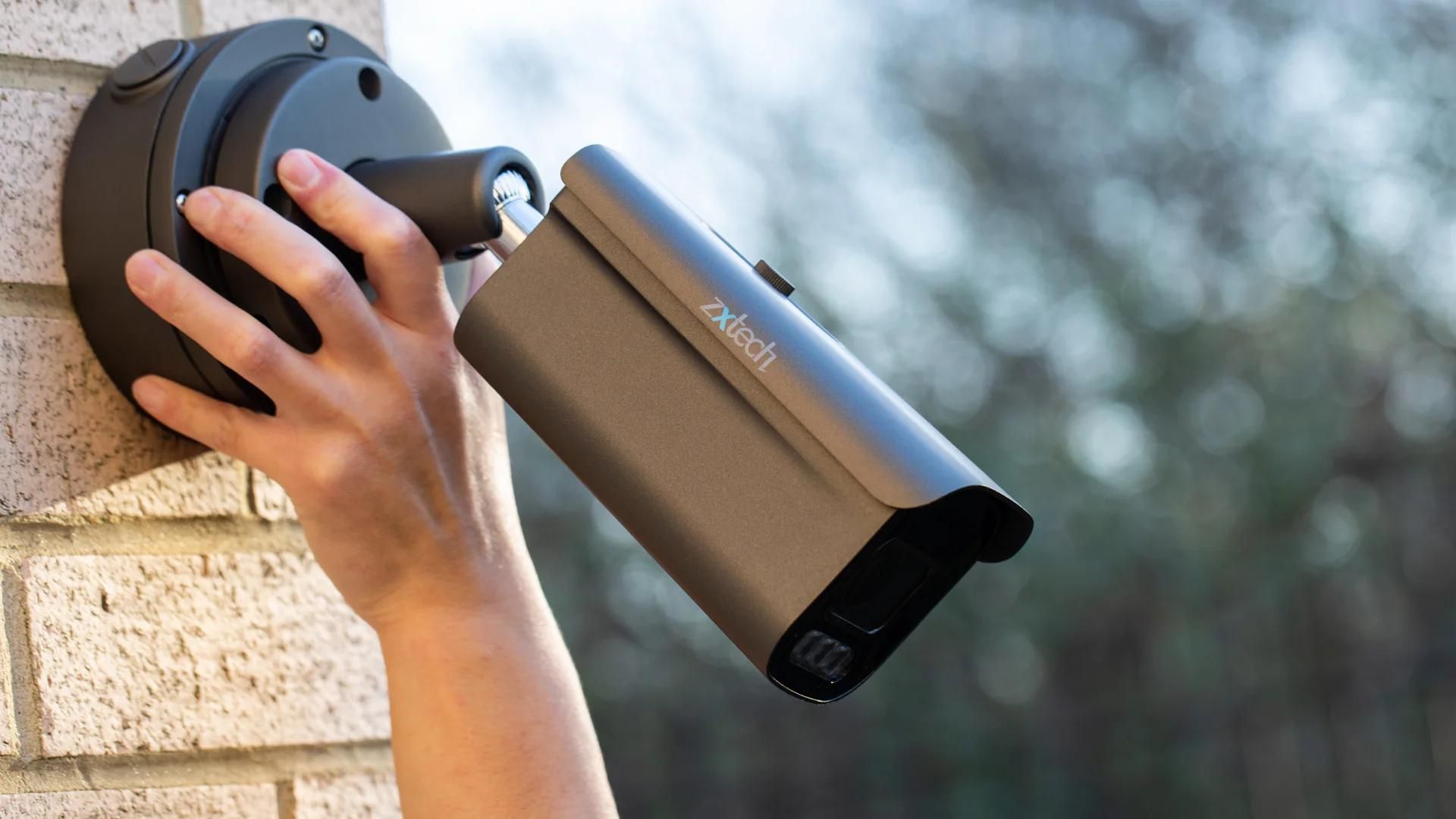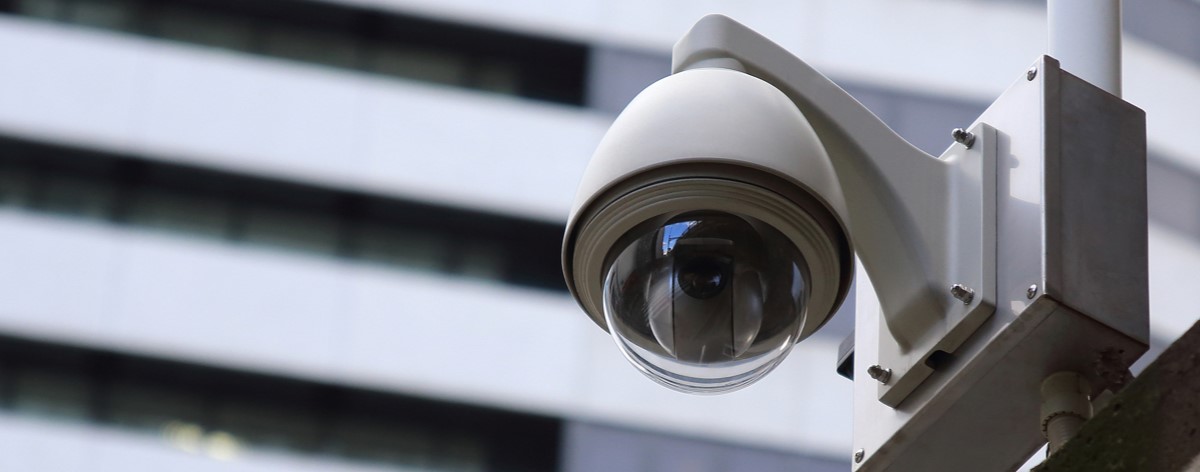Home>Home Security and Surveillance>What Percentage Of Homes Have Security Cameras
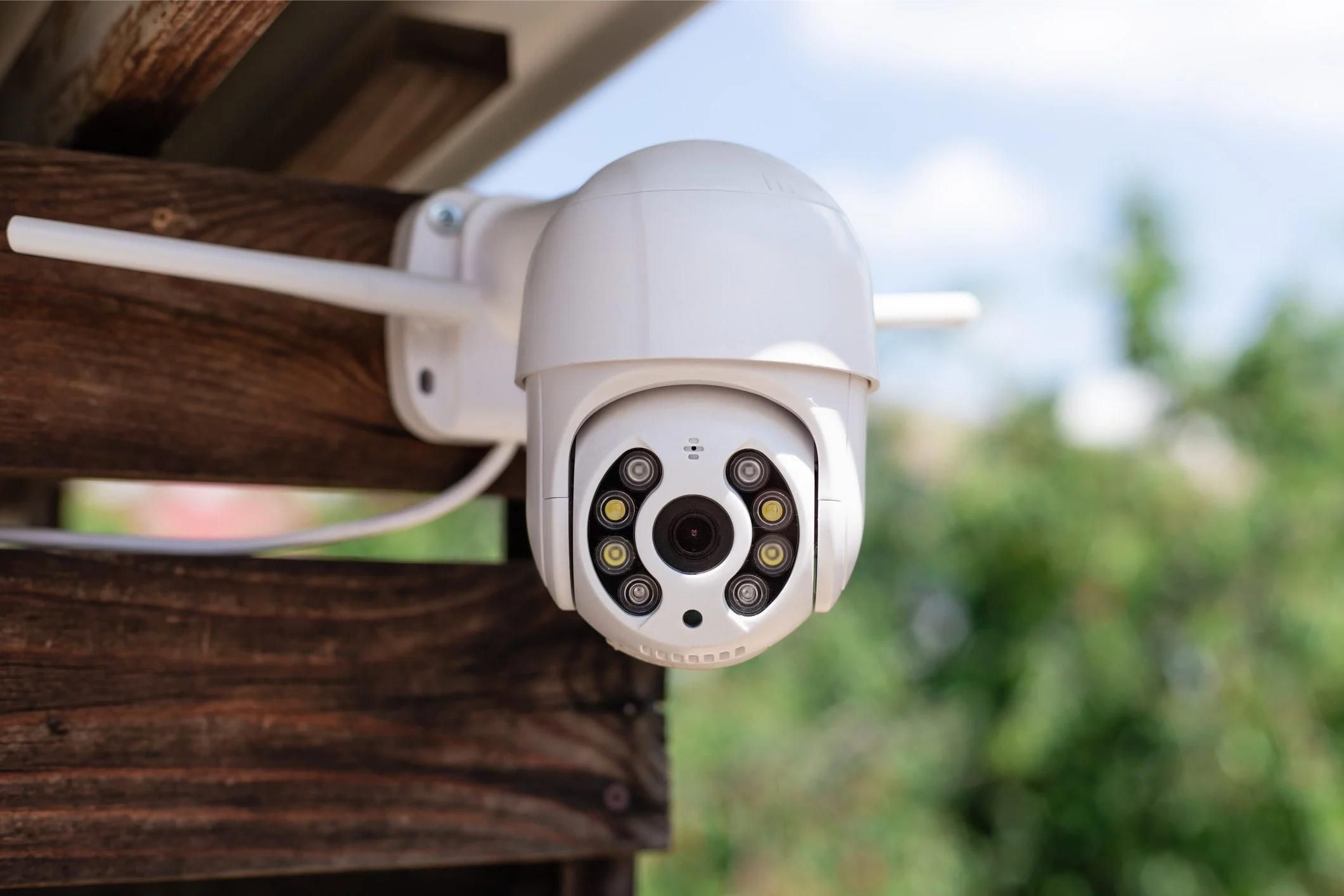

Home Security and Surveillance
What Percentage Of Homes Have Security Cameras
Modified: March 6, 2024
Discover what percentage of homes have security cameras and the importance of home security and surveillance. Learn more about protecting your property.
(Many of the links in this article redirect to a specific reviewed product. Your purchase of these products through affiliate links helps to generate commission for Storables.com, at no extra cost. Learn more)
Introduction
Home security is a top priority for homeowners around the world, and as technology continues to advance, one of the most popular and effective ways to enhance home security is by installing security cameras. These cameras provide an extra layer of protection by capturing footage of any suspicious activity and allowing homeowners to monitor their property remotely.
In this article, we will explore the current state of home security camera adoption and discuss the percentage of homes that have security cameras. We will also delve into the factors influencing the adoption of security cameras, the benefits they offer, and the limitations and challenges associated with them. Finally, we will touch upon future trends in home security camera adoption.
Using the most recent data available, let’s dive into the numbers to gain a better understanding of how prevalent security camera installation is in homes today.
Key Takeaways:
- About 15% of American households have security cameras, with a global smart home security camera penetration rate of 8.7% in 2020, expected to reach 15.8% by 2025. Adoption is influenced by crime rates, technology advancements, and social influence.
- Security cameras offer benefits such as deterring crime, evidence collection, remote monitoring, and peace of mind. However, they also have limitations like blind spots, technical issues, and privacy concerns. Future trends include higher resolution cameras and increased integration with smart home systems.
Read more: How To Have Security Cameras Without Wifi
Methodology
Estimating the exact percentage of homes that have security cameras can be challenging, as there is no definitive database or registry to track this information. However, various studies and surveys have been conducted to provide insights into the adoption of home security cameras.
These studies typically involve collecting data from a representative sample of homeowners, either through online surveys or telephone interviews. The sample size and methodology vary across studies, but the goal is to obtain a representative sample that can provide reliable estimates.
Researchers analyze the collected data to determine the percentage of homes that have installed security cameras. The data is often cross-referenced with other demographic information, such as location, income level, and age, to identify any patterns or trends.
It is important to note that the results may not be entirely accurate due to potential biases or limitations in the data collection process. However, these studies provide valuable insights into the prevalence of security camera adoption among homeowners.
In the next section, we will explore the findings from some of these studies and gain a better understanding of the percentage of homes that have security cameras installed.
Findings
Several studies and surveys have been conducted to determine the percentage of homes that have security cameras installed. While the numbers may vary, they consistently indicate a significant growth in the adoption of home security cameras.
According to a study conducted by the Pew Research Center in 2017, approximately 15% of American households reported having security cameras. This number represents a steady increase from previous years and is expected to continue growing.
Another study conducted by Statista in 2020 found that the global penetration rate of smart home security cameras was around 8.7%. This figure is projected to reach 15.8% by 2025, indicating a rising trend in the use of security cameras worldwide.
While these studies provide valuable insights, it’s worth noting that the adoption rate may vary in different regions or countries. Factors such as the prevalence of crime, income level, and awareness of home security solutions can influence the percentage of homes with security cameras.
In the United States, for instance, the adoption rate of security cameras tends to be higher in urban areas compared to rural areas. Urban dwellers often perceive a higher risk of crime and are more likely to invest in security measures such as cameras.
Furthermore, the increasing affordability and accessibility of security camera systems have contributed to their wider adoption. With advancements in technology, security cameras have become more user-friendly, affordable, and versatile.
Overall, the findings suggest that a growing percentage of homes worldwide are choosing to install security cameras to enhance their home security measures. This trend is expected to continue as technology advances and people prioritize the safety of their homes and loved ones.
In the following sections, we will explore some of the key factors that influence the adoption of security cameras and the benefits they offer to homeowners.
Factors influencing adoption of security cameras
Several factors play a role in influencing the adoption of security cameras in residential properties. Understanding these factors can shed light on why some homeowners choose to install security cameras while others do not. Here are some key factors:
- Crime rates: High crime rates in specific regions or neighborhoods often prompt homeowners to invest in security measures like security cameras. The desire for added protection and a deterrent against potential criminal activity can be a significant motivating factor.
- Perception of safety: Even in areas with relatively low crime rates, the perception of safety can influence the adoption of security cameras. Homeowners may feel more secure knowing that their property is under surveillance, even if the actual risk of crime is minimal.
- Advancements in technology: The rapid advancements in technology have made security camera systems more accessible, affordable, and user-friendly. The availability of wireless cameras, cloud storage, smartphone integration, and easy installation options have greatly contributed to the increased adoption of security cameras.
- Remote monitoring capabilities: The ability to remotely monitor one’s property through security cameras has become a significant factor in their adoption. Homeowners can access live footage, receive alerts, and even control their cameras from anywhere using their smartphones or other internet-connected devices.
- Availability of professional installation: Many homeowners prefer the convenience and expertise of professional installation services. The availability of affordable professional installation options can encourage more homeowners to invest in security camera systems.
- Social influence: The influence of neighbors, friends, and family members who have installed security cameras can also impact adoption rates. Seeing the benefits and peace of mind that others experience can motivate homeowners to follow suit.
- Privacy concerns: On the other hand, concerns about privacy can be a significant barrier to the adoption of security cameras. Homeowners may be hesitant to install cameras due to worries about intrusion or the potential misuse of recorded footage. Addressing these concerns through clear privacy policies and secure data storage can alleviate such reservations.
It’s important to consider these factors when analyzing the adoption of security cameras in residential properties. By understanding the motivations and barriers, we can better understand the overall prevalence of security camera installation in homes.
In the next section, we will explore the benefits that security cameras offer to homeowners.
Benefits of Having Security Cameras
Installing security cameras in your home offers a range of benefits that contribute to the overall safety and security of your property. Here are some key advantages of having security cameras:
- Deterrent against crime: One of the primary benefits of security cameras is their ability to deter criminals. The presence of visible cameras can discourage burglars or other intruders from targeting your home, as they are more likely to move on to an easier target.
- Evidence collection: In the event of a crime or suspicious activity, security cameras provide valuable evidence. The recorded footage can aid law enforcement in identifying perpetrators and serve as crucial evidence in prosecuting criminals.
- Remote monitoring: With modern security camera systems, you can monitor your property remotely. Whether you’re at work, on vacation, or simply away from home, you can access the live feed from your cameras using a smartphone or any internet-connected device.
- Alert notifications: Many security camera systems offer real-time alert notifications. These alerts can be sent to your smartphone or email, allowing you to be immediately notified of any suspicious activity or unauthorized entry on your property.
- Peace of mind: Perhaps one of the most significant benefits of having security cameras is the peace of mind they provide. Knowing that your property is under surveillance and that you can monitor it remotely instills a sense of security and reassurance for homeowners and their families.
- Insurance benefits: Some insurance companies offer discounts on home insurance premiums for properties with security camera systems. The presence of cameras can reduce the risk of theft or damage, making your home less susceptible to insurance claims.
- Monitor loved ones and pets: Security cameras are not only useful for protecting your home from external threats but also for monitoring loved ones and pets. You can keep an eye on children, elderly family members, or pets, ensuring their safety and well-being even when you’re not physically present.
These benefits highlight the importance of security cameras as an effective tool for enhancing home security. By deterring criminals, providing evidence, and allowing remote monitoring, security cameras offer invaluable peace of mind and protection for homeowners.
In the following section, we will discuss some of the limitations and challenges associated with security cameras.
According to a survey by the National Council for Home Safety and Security, about 15% of homes in the United States have security cameras.
Limitations and Challenges of Security Cameras
While security cameras offer numerous advantages, it is essential to be aware of their limitations and the challenges associated with their use. Here are some key factors to consider:
- Blind spots: Security cameras have specific fields of view and may not cover all areas of your property. Determining the optimal camera placement and ensuring comprehensive coverage can be challenging, resulting in potential blind spots where activity may go unnoticed.
- Technical issues: Like any electronic device, security cameras can experience technical problems. This could include connectivity issues, video recording failures, or software glitches. Regular maintenance and troubleshooting may be necessary to address these technical challenges.
- Privacy concerns: The use of security cameras raises privacy concerns, both for occupants of the home and individuals in the vicinity. Balancing the need for surveillance with privacy rights can be a challenge. It’s crucial to respect privacy laws and communicate clearly about the presence of cameras to minimize privacy concerns.
- Data storage and management: Security camera systems generate a significant amount of data, especially if they record continuously. This data needs to be appropriately stored, backed up, and managed to ensure its availability when needed. Cloud storage options and periodic data purging can help address storage challenges.
- Weather and environmental factors: Outdoor security cameras are exposed to various weather conditions, such as rain, snow, extreme temperatures, and strong winds. Ensuring that cameras are weatherproof and can withstand these environmental factors is crucial to maintaining their effectiveness and longevity.
- Legal compliance: Laws and regulations regarding security cameras may vary by jurisdiction. It is important to be familiar with local laws and guidelines regarding the use of surveillance cameras to avoid any legal issues. This includes respecting the privacy of neighbors and adhering to any restrictions on camera placement.
- Cost considerations: While security cameras have become more affordable in recent years, the cost can still be a limiting factor for some homeowners, particularly when considering professional installation, additional equipment, and ongoing maintenance expenses.
Understanding and addressing these limitations and challenges can help homeowners make informed decisions and maximize the benefits of security cameras while mitigating potential drawbacks.
In the next section, we will explore future trends and advancements in home security camera adoption.
Future Trends in Home Security Camera Adoption
The world of home security cameras continues to evolve rapidly, driven by advancements in technology and changing consumer demands. Here are some future trends and developments that we can expect to see in the adoption of security cameras:
- Higher resolution and image quality: As technology progresses, we can anticipate security cameras with even higher resolutions and improved image quality. Ultra HD, 4K, and even higher-resolution cameras will become more commonplace, providing clearer and more detailed footage.
- Increased integration with smart home systems: Smart home technology is becoming increasingly popular, and security cameras will play an integral role in these ecosystems. We can expect to see greater integration between security cameras and other smart devices, allowing for seamless control, automation, and enhanced security features.
- Artificial intelligence and facial recognition: Artificial intelligence (AI) will revolutionize the capabilities of security cameras. Advanced AI algorithms will enable features like facial recognition, object detection, and behavior analysis, enhancing security and providing more personalized and targeted alerts to homeowners.
- Cloud-based storage and remote access: Cloud-based storage solutions will continue to gain prominence, allowing homeowners to store and access recorded footage securely from anywhere. This eliminates the need for local storage devices and provides greater flexibility and convenience.
- Wireless and battery-powered cameras: The demand for wireless and battery-powered security cameras is on the rise. These cameras eliminate the need for extensive wiring and provide greater flexibility in camera placement. Advancements in battery technology will extend their battery life and make them a viable option for long-term use.
- Enhanced privacy features: With growing concerns about privacy, security cameras will incorporate more robust privacy features. This may include advanced encryption methods, user authentication, and options for selective recording or masking specific areas to address privacy concerns.
- Improved outdoor durability: Outdoor security cameras will continue to improve in terms of durability and resistance to harsh weather conditions. They will become more rugged and better equipped to withstand extreme temperatures, rain, snow, and other environmental factors.
These future trends indicate a more sophisticated and interconnected ecosystem of security cameras that provide enhanced security, convenience, and peace of mind for homeowners. As technology advances, these innovations will shape the future of home security camera adoption.
Before we conclude, let’s summarize the key points discussed in this article.
Conclusion
Security cameras play a crucial role in enhancing home security and providing peace of mind for homeowners. While determining the exact percentage of homes with security cameras can be challenging, studies consistently show a growing adoption rate worldwide.
Factors such as crime rates, technology advancements, remote monitoring capabilities, and social influence influence the adoption of security cameras in residential properties. The benefits of having security cameras are numerous, including crime deterrence, evidence collection, remote monitoring, and peace of mind.
However, security cameras also have limitations and challenges, such as blind spots, technical issues, privacy concerns, and cost considerations. Future trends suggest higher resolution cameras, increased integration with smart home systems, AI-driven features, cloud-based storage, and improved outdoor durability.
As technology continues to evolve, security cameras will become more sophisticated and interconnected, offering enhanced security and convenience for homeowners. It is important to address privacy concerns, abide by legal regulations, and remain aware of the evolving landscape of home security camera adoption.
By understanding the percentage of homes that have security cameras and the factors influencing adoption, homeowners can make informed decisions to protect their properties and loved ones.
References:
- Pew Research Center – https://www.pewresearch.org/fact-tank/2017/10/25/about-15-of-americans-have-surveillance-cameras-in-their-homes/
- Statista – https://www.statista.com/statistics/1024510/global-smart-home-security-camera-penetration-rate/
References
- Pew Research Center – https://www.pewresearch.org/fact-tank/2017/10/25/about-15-of-americans-have-surveillance-cameras-in-their-homes/
- Statista – https://www.statista.com/statistics/1024510/global-smart-home-security-camera-penetration-rate/
Frequently Asked Questions about What Percentage Of Homes Have Security Cameras
Was this page helpful?
At Storables.com, we guarantee accurate and reliable information. Our content, validated by Expert Board Contributors, is crafted following stringent Editorial Policies. We're committed to providing you with well-researched, expert-backed insights for all your informational needs.
